Nakagawa Town, Tochigi栃木県那珂川町
Living in Nakagawa Town, Tochigi
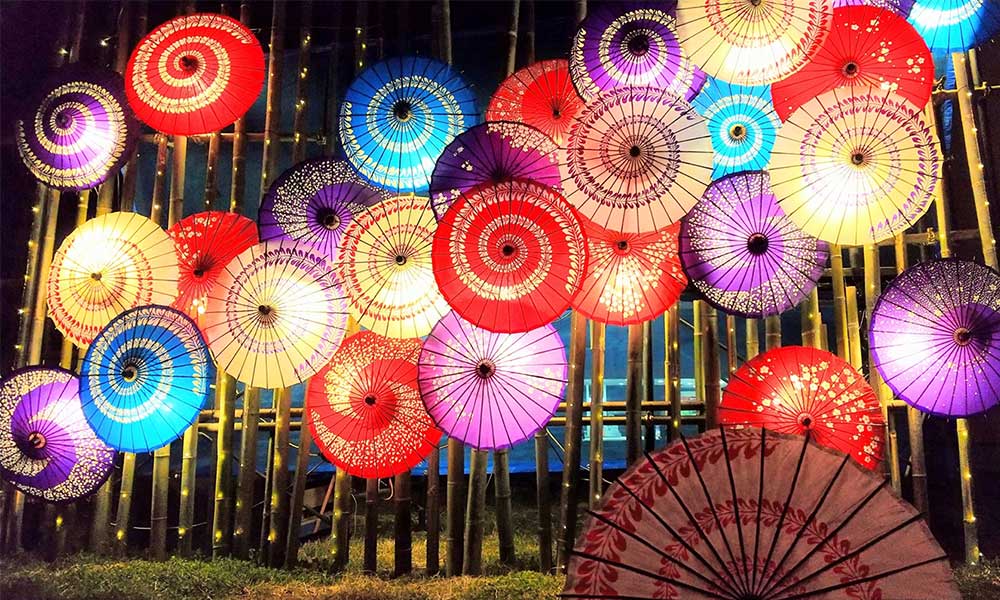
We have Summarized the livability of Nakagawa Town, Tochigi.
CENTRAL AREA県央地域
CONTENTS
- What kind of place is Nakagawa Town?
- Nakagawa TownPR video
- How is the traffic situation in Nakagawa Town?
- How are the rent and land prices in Nakagawa Town?
- How is childcare and education in Nakagawa Town?
- How about shopping in Nakagawa Town?
- How about jobs and recruitment in Nakagawa Town?
- Nakagawa Town’s unique subsidy/subsidy system
What kind of place is Nakagawa Town, Tochigi?
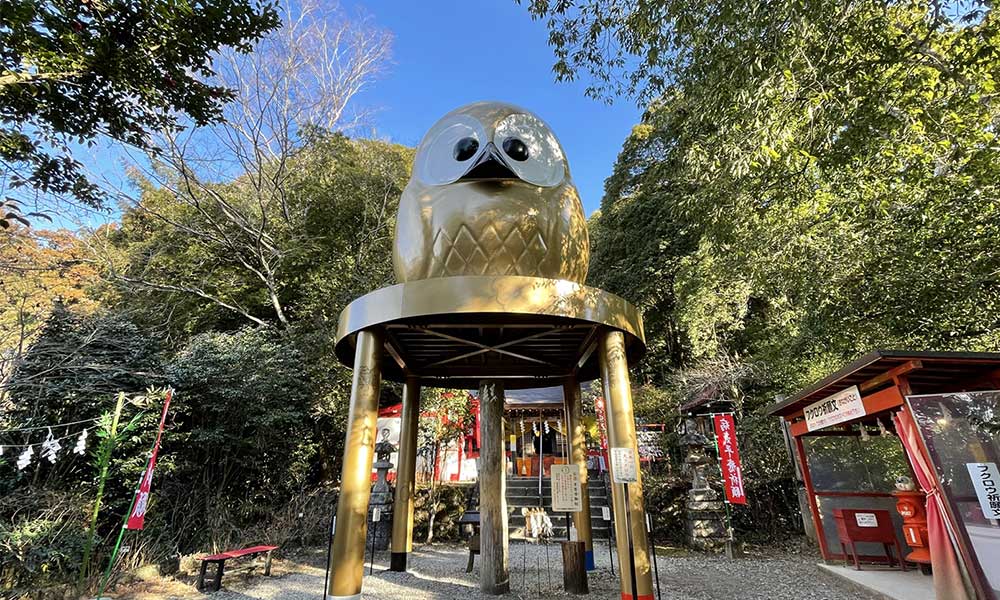
Nakagawa Town is a peaceful town blessed with nature and a rich tourism and art culture.
Nakagawa Town is located in the northeastern part of Tochigi Prefecture, with an area of approximately 192.78 square kilometers.
It borders Ota City to the north, Daigo Town and Hitachi-Omiya City in Ibaraki Prefecture to the east, Nasu-Karasuyama City to the south, and Sakura City to the west.
The population is around 14,000, with approximately 5,000 households (as of January 2024).
The topography consists mainly of mountainous areas, including the Yatsumizumiyama, in the southwestern part, and flat and hilly regions along the Nakagawa River. The urban area is situated on flat land along the river, while villages are scattered in the hilly areas.
The climate is generally pleasant throughout the year, with an average annual temperature of around 13°C, an annual precipitation of about 1,300 mm, and minimal snowfall, averaging about five days per year.
The Nakagawa River, which gives the town its name, is one of the clearest rivers in the Kanto region and is famous for the ayu fish that ascend it. The natural beauty created by the Nakagawa River and the surrounding satoyama (village forests) forms a picturesque landscape.
People have lived in this region for over 10,000 years, with numerous historical cultural properties remaining, including the Komagata Otsuka Kofun, the oldest burial mound in eastern Japan, and the ruins of government offices from the Nara to Heian periods that governed the Nasu District.
During the Edo period, it became part of the Mito Domain and is famous for being frequently visited by Tokugawa Mitsukuni, known from “Mito Komon.”
In 2005, Nakagawa Town was established through the merger of Bato Town and Ogawa Town in Nasu District.
Recently, Nakagawa Town has been promoting the development of a “vibrant and charming town full of vitality” by leveraging its rich natural environment, abundant cultural assets, and hot spring facilities to revitalize the area.
Nakagawa Town boasts many attractive tourist spots.
The Nakagawa Town Bato Hiroshige Museum is an architectural masterpiece designed by Kengo Kuma, featuring a modern and sophisticated appearance using abundant wood and a lattice made of Yatsumizu cedar. It primarily exhibits works such as original paintings and ukiyo-e prints by Utagawa Hiroshige.
Washinoyama Jinja is a famous shrine known as the “Owl Shrine,” featured on TV and social media. The path leading to the shrine and the grounds are filled with numerous owl statues, making it a popular destination.
The Bato Onsen area has several hot spring inns scattered along the clear waters of the Nakagawa River, known as the “beauty spring” for its skin-smoothing effects, and offers beautiful views of the Nasu mountains and surrounding peaks, gaining high support from locals and tourists alike.
PR video of Nakagawa Town, Tochigi
Nakagawa Town Promotional Video 2023
NASU-ppin ~The no-makeup lives of people who have moved or settled in Nakagawa Town~
NASU 2nd video Nakagawa Town
How is the traffic situation in Nakagawa Town?
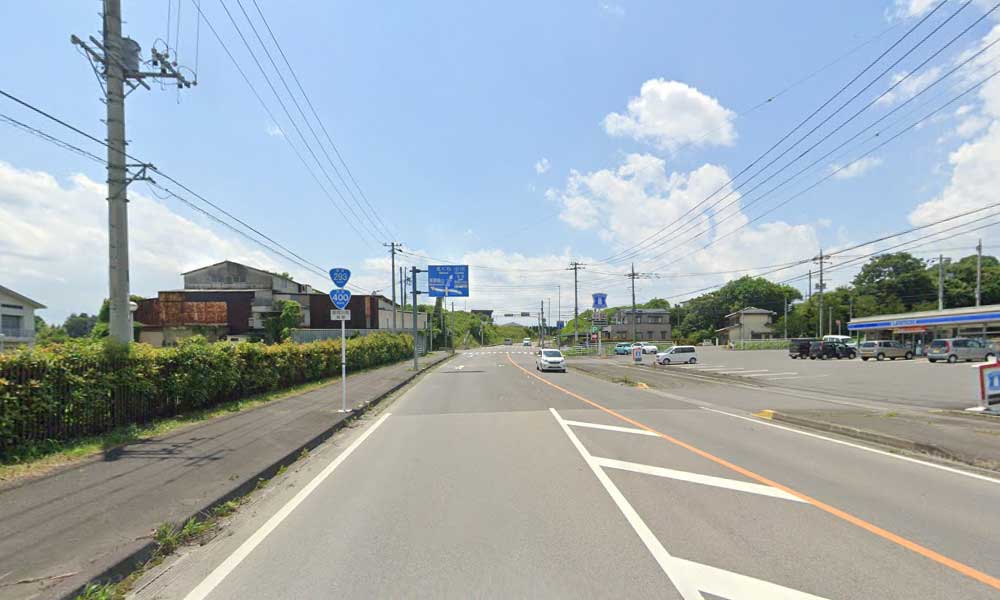
Nakagawa Town is a town where there are no trains, so it is common to use a car.
There are no trains operating in Nakagawa Town.
The town has well-developed national highways, with National Route 294 running north-south and National Route 293 running east-west, intersecting in the central area of the town. Additionally, National Route 461 runs in the northeastern part of the town, connecting Ota City and Daigo Town in Ibaraki Prefecture.
Bus services available in Nakagawa Town are operated by Kanto Jidosha and Ibaraki Kotsu.
You can use the Community Bus Bato Karasuyama Line, which circulates around the town’s major facilities.
There is also a ride-sharing demand taxi service called Nakachan-go, which provides transportation to and from major facilities and residences in the town.
The bus system is relatively well developed and convenient. There are many well-maintained national roads, making driving a car comfortable.
There is no train station, so it can be inconvenient if you don’t have a car.
How are the rent and land prices in Nakagawa Town?
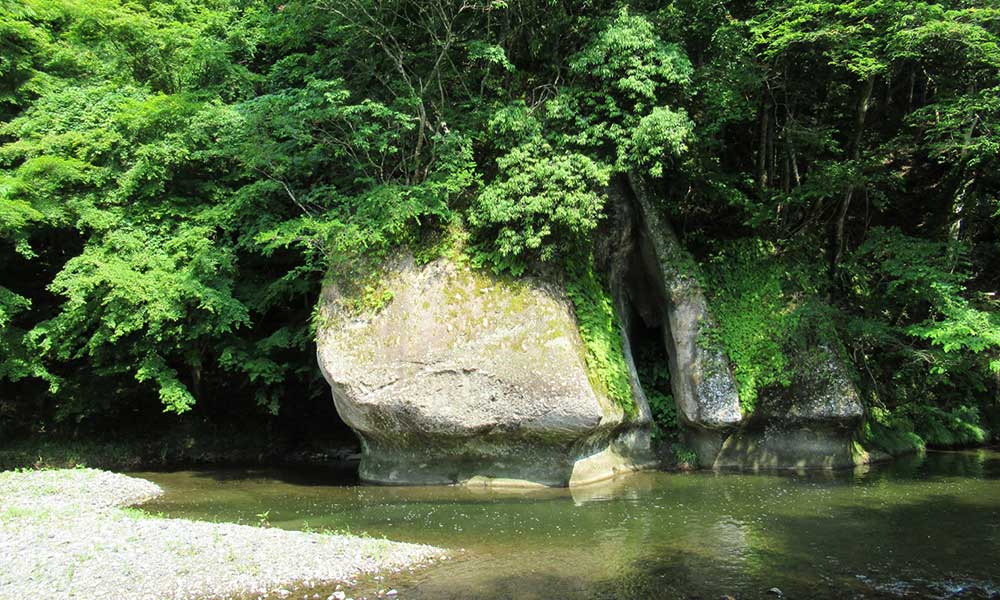
Nakagawa-cho is a town where average rent and land prices are relatively low, offering a wide range of housing options.
According to information from a real estate information website, a rental apartment or condominium costs around 28,000 yen for a 1K and 48,000 yen for a 2DK. The average land price per tsubo is around 30,000 yen per tsubo.
You can also find rental properties, but detached houses are the norm in this area. For new builds, there are pre-built properties, but there is also a large amount of land for sale, which increases the possibility of building your own home through custom construction.
You can enjoy the richness of the natural environment and live a peaceful life. It is no longer a dream to have your dream home built on a large plot of land.
Areas rich in nature, such as mountainous regions and along rivers, can be at higher risk of natural disasters such as earthquakes, floods, and landslides.
How is childcare and education in Nakagawa Town?
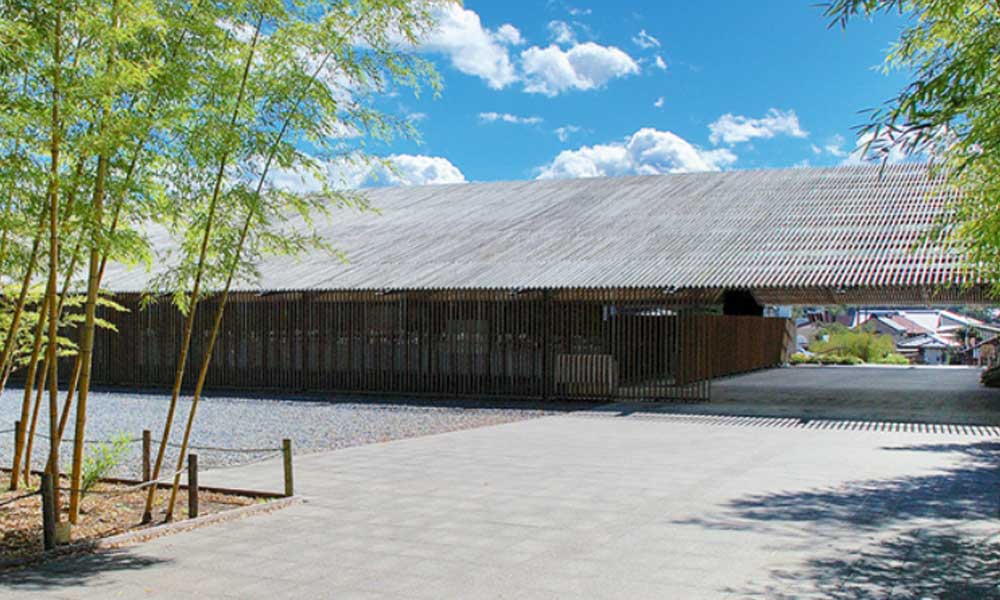
Nakagawa Town is home to childcare and educational facilities and actively supports childcare with the cooperation of businesses.
Nakagawa Town has 5 nurseries, 2 kindergartens, 5 elementary schools, 2 junior high schools, and 1 high school.
The Child Medical Expense Subsidy Program covers children under 18 years of age (up to March 31 after turning 18) for both outpatient and inpatient care, with full subsidies provided.
Child allowances are given as follows: 15,000 yen for children under 3 years old; 10,000 yen for the first and second child aged 3 years and above up to school age; 15,000 yen for the third child and beyond; and 10,000 yen for junior high school students.
Nakagawa Town offers various unique childcare support initiatives.
The Childcare Package Presentation Project provides a childcare package containing baby products as a celebration for the birth of a child.
The Birth and Childcare Support Benefit Project offers a 50,000 yen grant as a Nakachan birth support gift after an interview at the time of pregnancy notification and another 50,000 yen grant as a Nakachan childcare support gift after a home visit for infants following birth registration.
Additionally, there are facilities where children from 0 to school age and their parents can play, such as the Wakaayu Childcare Support Center, and rental housing aimed at reducing economic burdens. Childcare support is also provided in suitable living environments like Eminal Nakagawa, which can be used for interaction and play as well as for childcare support.
There is generous support and subsidies available to families with children, allowing them to raise their children in a relaxed environment surrounded by nature.
The number of children is decreasing year by year and depopulation is progressing.
How about shopping in Nakagawa Town?
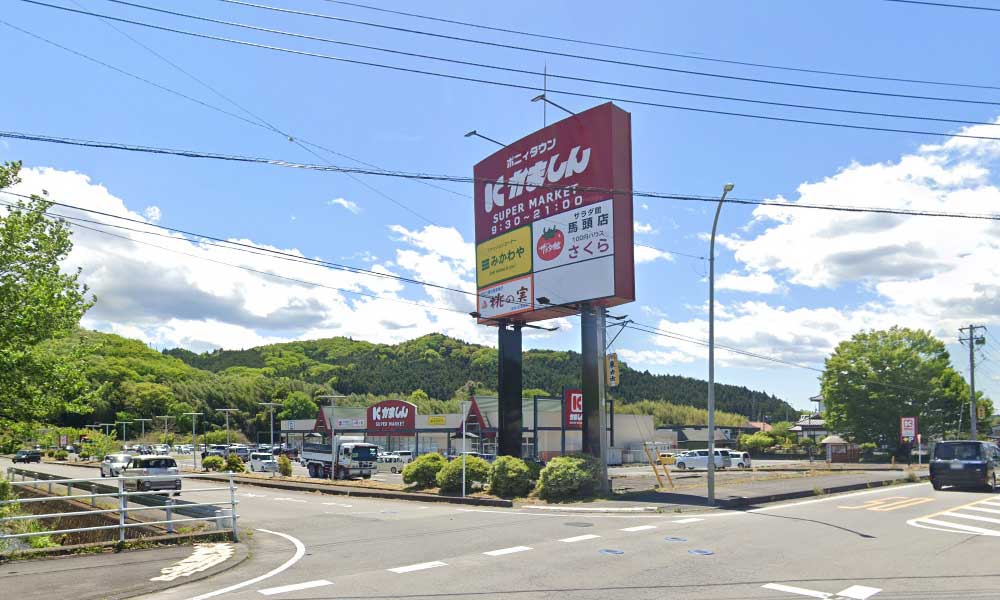
Nakagawa-cho is a town with everything from supermarkets to home improvement centers, so you won’t have any trouble buying everyday items.
Along National Route 293, there are supermarkets, drugstores, home improvement stores, and roadside stations scattered throughout the area.
There are no train stations within the town, and due to the scattered locations of the shops, it can be quite inconvenient for shopping without a means of transportation like a car.
Since there are also very few large shopping facilities within the town, many residents often travel to the neighboring city of Otawara for shopping.
The Bato Roadside Station is located along National Route 293, where you can find seasonal agricultural products such as local vegetables and fruits. Additionally, the restaurant on site offers a specialty dish called “Inoshishi Don,” made with wild boar meat.
You can get fresh agricultural products at cheap prices at roadside stations.
There are no commercial facilities where you can get everything you need in one place, so there are few places to shop.
How about jobs and recruitment in Nakagawa Town?
Nakagawa Town is a town where agriculture and livestock are the main industries, and the town promotes agricultural employment.
The average annual income in Nakagawa Town is 2.68 million yen.
Nakagawa Town’s main industries are agriculture and livestock farming.
Other occupations that can be expected are those closely related to daily life, such as educational institutions, childcare facilities, and medical institutions.
Overall, the area has few companies and commercial facilities and few job openings, and it seems that many people commute to nearby major cities.
The town also provides various forms of support for households considering relocating or starting a business.
The town is promoting new agricultural ventures, so this is a recommended area for those who want to start farming.
There are few industries other than agriculture, and a car is required to commute to other areas.
Nakagawa Town, Tochigi’s unique subsidy/subsidy system
Nakagawa Town, Tochigi’s unique relocation assistance and relocation subsidy system
| Land rental project for residential land to promote permanent residence “Takade Village, a rural agricultural lifestyle” |
Nakagawa Town, Tochigi’s unique housing assistance and subsidy system
Nakagawa Town, Tochigi’s unique childcare support system
| Childbirth and Childrearing Support Benefit Program (Naka-chan Childbirth and Childrearing Support Gift) Childcare Package Donation Project |
Nakagawa Town, Tochigi’s unique system for further education and tuition assistance/subsidies
| School Support System (Enrollment Preparation Fund) Nakagawa Town Child and Student School Support Fund Scholarship System |








